Your Cart is Empty
Save up to 20% on all Harkla products & courses during Autism Acceptance Month! Click Here to See the Sale

Updated by Molly Shaw Wilson MS OTR/L BCP
Every human deals with stress and responds to information received from the environment differently. Some of us chew ice or hard candy to keep from dozing off in a meeting, others tap their fingers or feet when feeling bored or impatient.
The current "spinner" craze demonstrates how many of us need to fidget in order to pay attention. Each of us reacts in different ways because we integrate and process the information we obtain from our senses on an individual basis.
Many of us process information we receive without thinking about it. For example, when we touch something sticky we simply lick it off of our hands or wash it off. On the contrary, children and adults with sensory processing disorder may experience pain or discomfort when getting messy, with unexpected touch, during movement, and in noisy situations.
We created a table of contents incase you know what kind of sensory toy or tool your kiddo could use!
One of the jobs of occupational therapists is to help people with Sensory Processing Disorder (SPD) to regulate their body for optimal function. Self-regulation is the way we receive messages through our nervous system and then turn them into movements and behavioral responses that fit the situation we are in.
For example, many people with sensory processing difficulties have trouble with touch. When someone unexpectedly brushes up against them in a crowded area, a danger signal may be released. A panic-type reaction can occur. On the other hand, there are people with SPD who crave sensory information and often crash or bump into objects.
Either way, the response to touch does not ‘match’ the situation and as a result, behavioral issues can occur. Some people with SPD may have difficulty controlling impulses and delaying what they want to do so that they can adapt to their environment.
It’s not until we are regulated and paying attention comfortably that we are able to access learning and higher functions of the brain. It is for this reason that we cannot teach children or even reason with them when they are having a behavioral issue or tantrum. We must wait for them to get to a calmer state so they can truly hear what we are saying.
Our daily lives are full of changes and unexpected situations that we must deal with. If we become stressed or upset when the slightest change occurs, we will not be able to function and can experience a meltdown. This can come when we are either over-stimulated or under-stimulated. For example, if you feel sleepy during your workday, you may drink a cup of coffee or go outside for some fresh air. Children cannot go outside when they want to during their school day so we can help them to become more alert by giving them movement breaks to increase oxygen to the brain.
Sensory Processing Disorder can occur in any person on its own or can come along with (be co-morbid with) many other disorders such as autism, ADHD, learning disorders, and brain injuries. One study states that one in twenty children has SPD. Some individuals with SPD are "seekers", or need a great deal of sensory stimulation and input, and others are "avoiders", or tend to be super-responsive to any sensory information.
Remember that some people are seekers in some sensory areas, such as needing movement and making noise with their mouths BUT avoid areas such as avoiding touch and have very limited diets.
To help with changes and transitions between activities and to make sure individuals keep their emotional state in a state of being ‘ready’ to learn, sensory activities completed on a regular basis are recommended.
You may have heard of a sensory diet. It’s not a food diet, but a regular set of activities designed to regulate or keep the sensory system organized in an attempt to avoid drastic ups and downs in response to the world around us.
Both children and adults can benefit from regular activities peppered throughout the day. In fact, when using our senses together, we are more likely to learn! (Fifer, Barutchu, Shivdasani, & Crewther, 2013). It’s important to remember that no activity should be forced upon anyone so the activities need to be fun.
An occupational therapist specializes in creating a personalized sensory diet designed to fit a person’s needs. The point of the diet is to use specific types of input to the eyes, ears, hands, body, for movement, position in space, smell, and taste. The activities are completed throughout the day to release brain chemicals on a regular basis to maintain regulation or organization. Many have reported improved focus, learning, fewer tantrums, better behavior, calmer feelings, and increased attention among many other positive benefits.
If you're ready to dive deep into creating and modifying sensory diets for your own kids, check out Harkla's course all about Sensory Diets!
The following list contains activities and sensory tools you can add and use every few hours to a child’s daily schedule. Mix and match to make sure you keep things interesting and fun. Most of the items on the list can be purchased on Amazon, at local craft stores, or on many of the therapy catalog websites. Simply complete an internet search for the name and choose the safest and most affordable option.
Keep in mind that a sensory activity diet must be designed by an occupational therapist to fit your child’s specific sensory needs. Therapists know if your child is a sensory seeker, avoider, or mixed. There are also many types of SPD that involve coordination, motor planning (making a movement plan and carrying it out), and postural/stability concerns. Specific activities placed strategically can help improve these motor skills as well.
When selecting an item for purchase, ask your child to help choose each item’s color or design and involve them as much as possible in planning the sensory diet.
While this list will be focusing primarily on sensory products/tools, we do provide a more in-depth rundown of some of our favorite sensory seeking activities to try with your child.
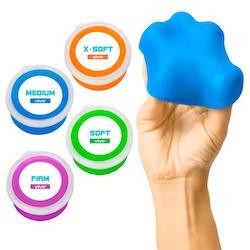
Engaging the tactile system can be calming and organizing for many children. We know that skin is the biggest organ, and it can have a big impact. Many classrooms these days will offer a basket of “fidgets” - sensory tools to keep the hands busy. This list also contains activities that help to improve fine motor skill development, as finger dexterity and visual-motor skills are often involved in their completion.
This resistive putty is great for hand strengthening, each manufacturer has a different system of color coding for difficulty. Hide small legos or pegs in putty to target fine motor skills.
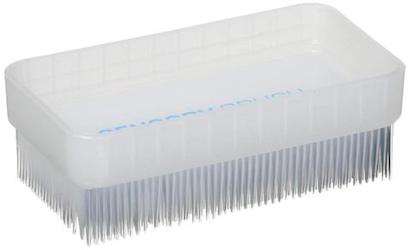
There is a specific method that involves deep pressure input, called the Wilbarger Brushing Protocol that should be overseen by your child’s OT.

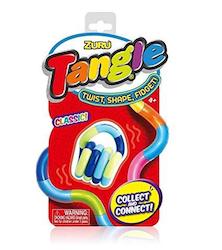


These are great for classroom adaptations too, around the legs of the chair, for the feet to push/kick/fidget with

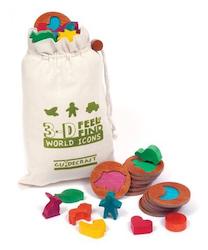
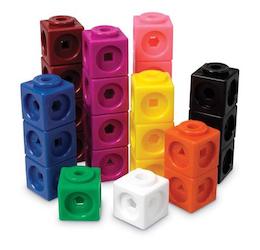


These sensory tools and activities involve the entire body and engage the proprioceptive system. This “hidden” sense measures position in space and related activities will involve the joints and muscles of the body, in addition to heavy work. Proprioceptive input is also organizing and regulating for children with SPD. Many of the activities in this list target motor skill development as well.
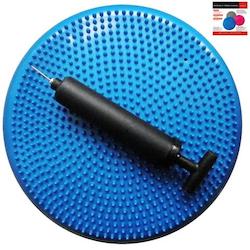
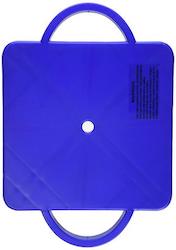
Remember that linear (back and forth swinging) is generally calming and rotary (circular like a tire swing) is alerting and can really stimulate a child. Check out Harkla’s Hanging Pod Swing and Compression Swing!

Lycra body socks are great so kids can push and stretch against them.
We have a post on fun ways you can incorporate body socks into your sensory diet if you'd like to learn more.


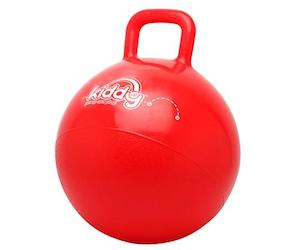
Depending on what type of sensory profile your child presents with, he/she may be sensitive to auditory input or seek it in a way that it is regulating to their system. Your occupational therapist can help you navigate which sensory tool is best for home and school use.
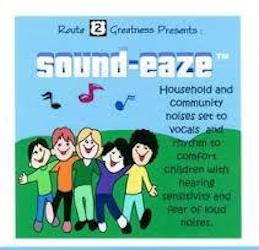
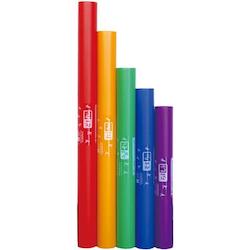
As adults, we seek oral input via chewing gum or strong mints to help us stay focused, and the same can be true for children. Oral motor activities are a form of proprioceptive input to the jaw, chewing and sucking is heavy work for the mouth. Some of the sensory tools mentioned below are good options to encourage replacement behaviors when clothing/non-food objects are mouthed. You can check out this post for more info on oral motor toys and how they can help.
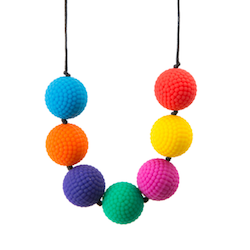


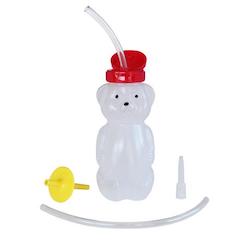
Controlling for visual overload is important, and having some calming visuals toys in your sensory toolbox can make a big impact. Slow-moving, visually pleasing toys are a big hit to calm and focus.

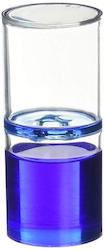
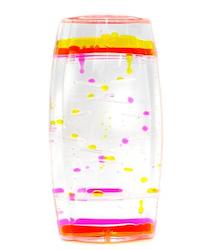

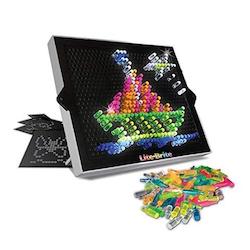
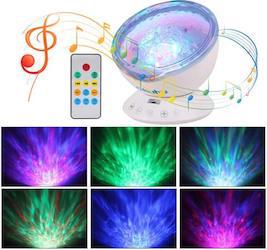
Scent is another sensory component to our environment that can elicit memory, cause alarm, identify foods, etc. They can be worn on the body, integrated into play, infused into everyday items, or diffused into a room.
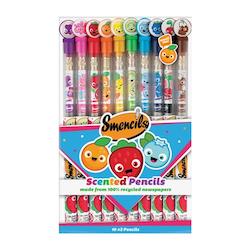
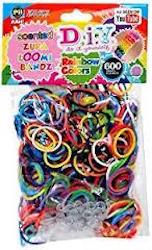
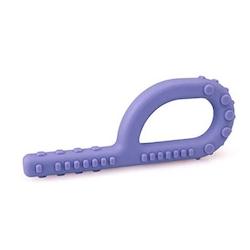
Stimulating the tactile receptors, deep pressure input and deep touch tools and protocols elicit serotonin release in the brain, this “happy hormone” helps with mood and regulation.
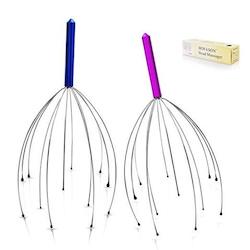
Remember that your child’s behavior is a form of communication. A qualified occupational therapist can help to tease out SPD issues in order to help improve behavior. SPD can stand alone or co-exist with many medical, cognitive, and stress-related conditions.
When provided correctly, and if the child’s system responds well, sensory integration therapy can significantly help people live with an improved quality of life. Read our article about Sensory Integration Therapy (treatment for Sensory Processing Disorder) here.
It’s important to understand that everyone’s system responds differently to each of the products and sensory tools we’ve listed. Never force a child to engage in a sensory activity that they are resistant to. Child-driven play is critical with the sensory integration theory. Your reaction, as well as your child’s, will vary depending on experiences, genetics, and sensory processing skills. The most important thing is to have fun exploring together!
Hi Ashura,
Thanks for reading our blog! We’re glad you found it helpful.
Take care,
Nicole from Harkla
I really love working with autistic children cause I believe through intensive therapy they are going to be help. But also i like what you do its really helpful.
Hi Angela,
Any of the above sensory tools/toys could work well for a child with ASD. You should first consider what the child’s personality is- does he/she like a lot of sensory stimulation or do you think something calming would be better? Sensory swings, weighted products, and products that provide compression tend to be very useful! Products that are held and used as a fidget or used as an oral sensory tool can be good, too!
All the best!
Nicole
Harkla
What sensory item will be good for Autistism Spectrum Disorder child.
Comments will be approved before showing up.



Chona Ababon
March 24, 2021
Yes the stress balls is very effective for his hand sensory. I’ll try some of the pics. Soon